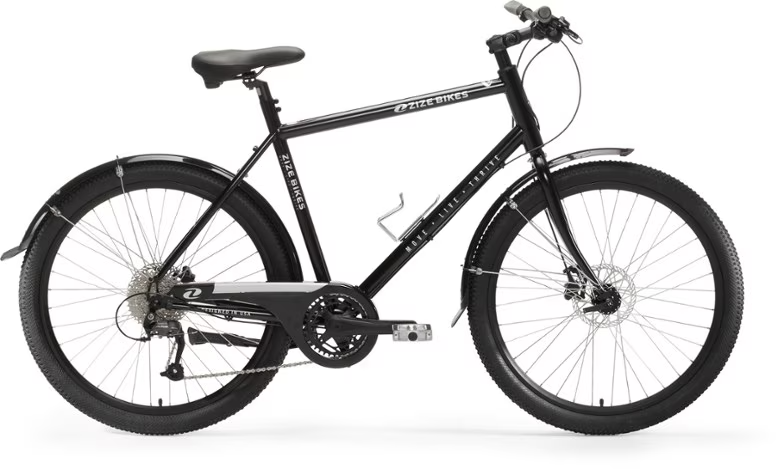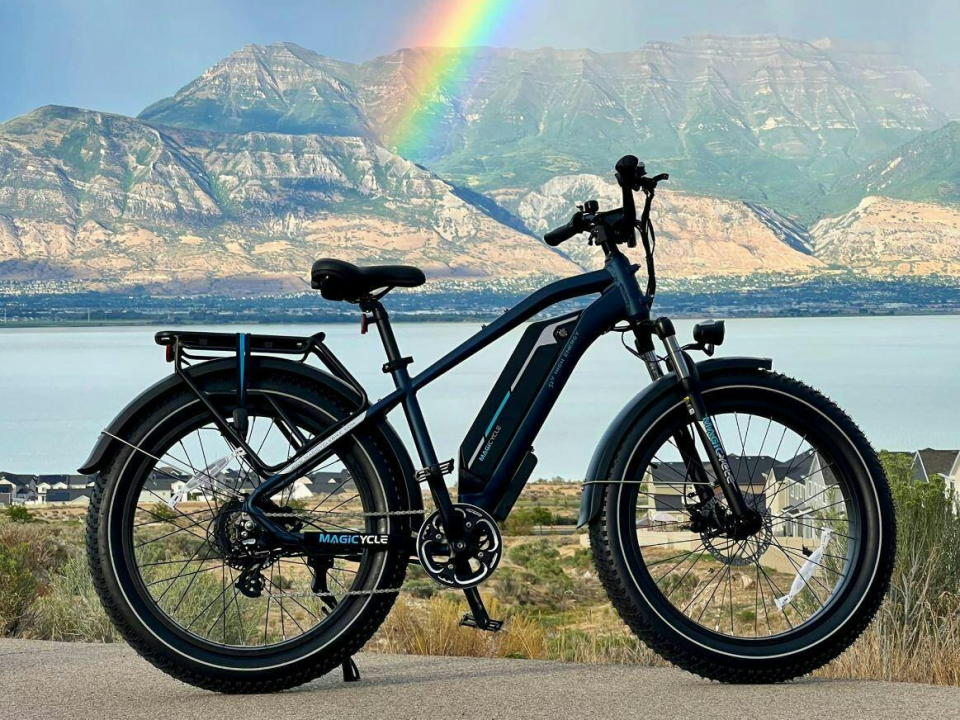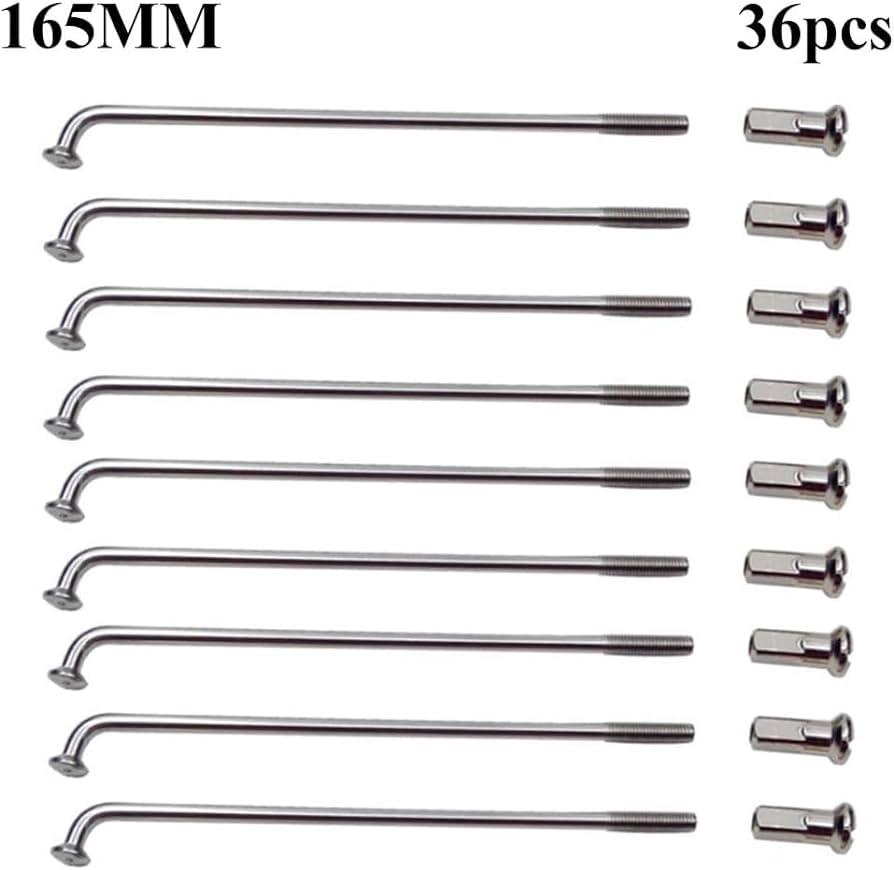What are Bicycle Tires Made of: Unveiling the Secrets

As an affiliate, we may earn from qualifying purchases. We get commissions for purchases made through links on this website. You can read more on our Affiliate Disclaimer here.
Bicycle tires are primarily made of rubber. The rubber may be either synthetic or natural, depending on the tire type.
Selecting the right bicycle tire is essential for optimal performance and safety. Different types of biking require specific tire materials and tread designs. For instance, mountain bikes need rugged tires with deep treads for off-road traction, whereas road bikes require smoother, thinner tires for speed and efficiency on pavement.
Quality tires enhance the biking experience by improving grip, reducing rolling resistance, and increasing durability. Cyclists often seek tires that balance these characteristics to match their riding style and the conditions they’ll face. With advancements in rubber technology, today’s bicycle tires offer a variety of options tailored to any cycling need, from daily commuting to competitive racing.
The Evolution Of Bicycle Tires
The rubber meets the road, quite literally, in the evolution of bicycle tires. From early designs to modern innovation, tires have shaped cycling’s efficiency and comfort.
From Solid To Pneumatic
The first bicycle tires were solid rubber. They were durable but offered a rough ride. Real change began with the pneumatic tire. Invented by John Boyd Dunlop in 1888, this tire was air-filled, transforming how bicycles rolled.
Pneumatic tires brought comfort and improved speed. Cyclists could now enjoy a smoother journey. Less bounce and shake made cycling friendly for more people.
Advancements In Tire Materials
As technology progressed, so did tire materials. Synthetics like nylon and Kevlar entered production. Modern tires blend these strong, lightweight materials for peak performance.
- Natural rubber provides grip.
- Carbon black adds durability.
- Synthetic rubbers improve longevity.
Tubeless tires are the latest trend. These eliminate inner tubes for fewer flats and better handling. Innovation continues to define bicycle tire evolution.

Credit: zizebikes.com
Main Components Of Bicycle Tires
The core elements of bicycle tires hold the secret to their performance and durability. Tires are a bike’s only contact point with the ground. They must be tough yet flexible.
Rubber: The Essential Material
Rubber is the hero of tire materials. Good grip and smooth rides come from rubber. Natural and synthetic rubber gives different benefits:
- Natural rubber offers a supple, grippy ride.
- Synthetic rubber adds durability and weather resistance.
Rubber is also crucial for tire tread. The tread deals with water, mud, and hazards. This makes it a key factor in rider safety and bike control.
The Role Of Fabric And Beads
Bicycle tires include fabric and beads for structure and fit. Learn about their roles:
| Component | Function |
|---|---|
| Fabric | Gives shape and supports the rubber |
| Beads | Ensure the tire stays on the rim |
Fabric materials often include nylon or kevlar. Skilled engineers weave them tightly to create a tough layer, known as the ‘casing’.
Beads lock tires onto rims with precision. Usually made of steel or kevlar, their strength is critical for a secure fit and safe ride.
Rubber Compounds And Their Properties
Understanding what bicycle tires are made of starts with rubber compounds. These compounds are crucial for grip, durability, and overall performance. Let’s dive into the materials that keep our two-wheeled adventures rolling smoothly.
Natural vs Synthetic Rubber
Natural vs. synthetic Rubber
Bicycle tires use both natural and synthetic rubber, each with distinct characteristics. Natural rubber, sourced from rubber trees, provides excellent flexibility and grip. Synthetic rubber, made from petroleum-based products, offers increased durability and resistance to wear.
- Natural rubber excels in elasticity and cold-weather performance.
- Synthetic rubber is favored for its ability to withstand heat and chemical exposure.
Additives and Their Function
Additives And Their Function
Additives enhance tire performance. They work in harmony with rubber compounds to ensure a smooth ride.
| Additive | Function |
|---|---|
| Carbon Black | Increases durability and road grip |
| Silica | Boosts traction, especially in wet conditions |
| Antioxidants | Prevents premature aging from UV light |
These additives play a pivotal role not only in the tire’s lifespan but also in cycling safety and comfort.
Technological Innovations In Tire Design
The bicycle tire industry never stands still, with innovative designs constantly pushing the boundary of what’s possible. From the rubber compound to the overall architecture, every aspect of a bike tire contributes to a cyclist’s performance and comfort. Let’s delve into the latest technological advancements shaping the world of bicycle tires.
Tread Patterns For Different Terrains
Tire treads play a crucial role in the bike’s grip and stability. Each pattern is a result of careful design and testing to suit various surfaces.
- Mountain bikes often feature large, knobby treads for dirt and mud.
- Road bikes have smoother treads for speed on pavement.
- Hybrids sport a balance between the two for versatility.
Selecting the correct tread can make a significant difference in a ride’s safety and efficiency.
Tube Vs Tubeless Systems
Bicycle tires are evolving from traditional tube tires to tubeless systems.
| Tube Tires | Tubeless Tires |
|---|---|
| Have an inner tube | No inner tube required |
| Generally cheaper | Can be more costly upfront |
| Easier to change | Lower maintenance |
| More prone to punctures | Puncture resistant |
While tubeless tires are gaining popularity for their performance benefits, some cyclists still prefer the familiarity and simplicity of traditional tube designs.
Environmental Impact And Sustainability
Bicycle tires connect riders to the road, but they also touch the environment. Understanding the sustainability of tire materials is vital. In this section, we will explore how bike tire disposal and innovative materials can reduce environmental harm.
Recycling Used Tires
Recycling old bicycle tires is one way to lessen environmental damage. Discarded tires can harm nature if not handled properly. Bikes use tires made of rubber, nylon, or kevlar. These materials take a long time to break down. As a result, they can sit in landfills for decades. A growing number of initiatives now turn these tires into useful products:
- Rubber flooring for gyms and playgrounds
- Paving material for roads and tracks
- Park benches and outdoor furniture
By recycling, we give old tires new life and keep them out of landfills. This supports a cleaner, greener planet.
Emerging Eco-friendly Materials
Innovation drives sustainability in bike tire production. Manufacturers are testing new materials to create less pollution. These materials come from plants or are recycled. Here are some emerging eco-friendly materials:
| Material | Source | Benefits |
|---|---|---|
| Natural Rubber | Hevea Brasiliensis tree | Biodegradable, less processing |
| Recycled Rubber | Old tires or industrial waste | Reduces landfill, reuses existing materials |
| Dandelion Rubber | Dandelion plants | Easier to grow, less land use |
Using these materials can significantly cut down on waste. It also means fewer harmful processes. This makes bicycle tires more planet-friendly.

Credit: www.linkedin.com
Frequently Asked Questions On What Are Bicycle Tires Made Of
Are Bicycle Tires Made Of Rubber?
Yes, bicycle tires are predominantly made of rubber. This material provides flexibility and traction, essential for safe and efficient cycling.
Do Bicycle Tires Have Metal In Them?
Bicycle tires typically do not contain metal. They consist of rubber and may have fabric or Kevlar for reinforcement.
What Type Of Rubber Are Bicycle Inner Tubes Made Of?
Bicycle inner tubes are typically made of either synthetic butyl rubber or natural latex rubber, offering durability and elasticity.
What Are Mountain Bike Tires Made Of?
Mountain bike tires are typically made of durable rubber compounds. They feature reinforced sidewalls and aggressive tread patterns for traction.
What Materials Are In Bike Tires?
Bicycle tires typically consist of rubber or synthetic rubber, steel wire, fabric, and sometimes Kevlar for puncture resistance.
How Are Bicycle Tires Manufactured?
Rubber is molded and vulcanized onto a fabric casing, with wire beads added for structural integrity and fit to the wheel rim.
Can You Recycle Bicycle Tires?
Yes, bicycle tires can be recycled and are often repurposed into new rubber products, flooring, or construction materials.
Conclusion
As we’ve journeyed through the anatomy of bicycle tires, we’ve uncovered their rubber-based secrets. From natural to synthetic blends, each tire type brings unique benefits to your ride.
Whether you’re a casual cyclist or a fierce competitor, the right tire composition can elevate your performance.
Remember, understanding your tire’s makeup is key to optimizing your cycling experience. Keep rolling smoothly and safely on your well-chosen treads.

Steven is a professional cyclist and his passion is cycling. He has been cycling for the last 6 years and he loves using bikes while outing as well. Based on his experiences with the different types of bikes; he is sharing his opinions about various bikes so that a beginner can start right away. Find him on Twitter @thecyclistguy Happy Biking.




